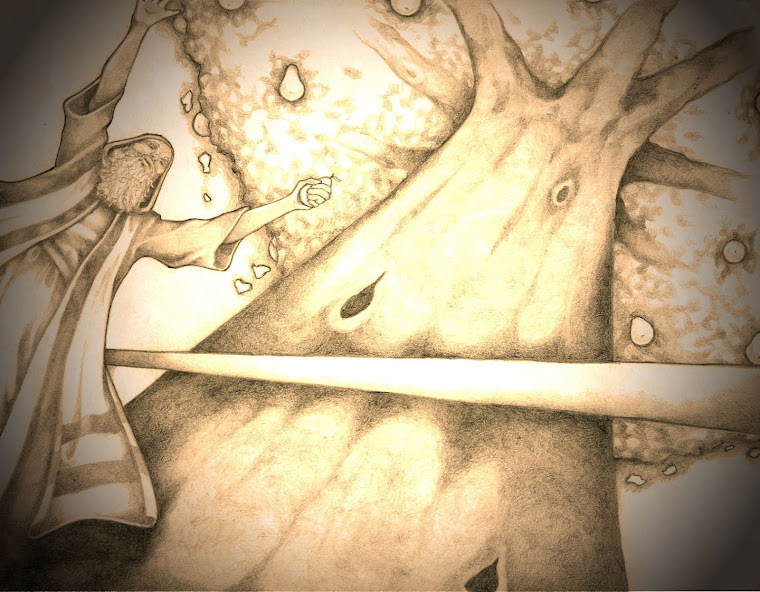 |
| Zemnarihah |
It was during this time of guerilla warfare that the Gadianton Robbers had found so much success that they actually caused the Lamanite and Nephite populations to band together in one location between the cities of Zarahemla and Bountiful with all their families and possessions and enough food to last 7 years. The Nephite/Lamanite population was under the leadership of Lachoneus and Gidgiddoni who were both men of God and great political and military leaders. This plan of banding together actually caused Zemnarihah and his army to abandon their guerilla tactics and have to attack the Nephite population like a regular military front. As explained by Daniel C. Peterson this is known as premature regularization and has been the downfall of many guerilla units throughout history.
Eventually due to the lack of food and the lack of ability to pull off clean attacks on the Nephites the Gadianton Robbers decided to abandon their attack effort. Gidgiddoni knowing their plans decided to head off their escape and attack from both the front and the rear. It was during this time that many of the Gadianton Robbers were either killed or taken prisoner and their leader Zemnarihah was executed. It is the manner of his execution that needs insights from ancient Jewish practices to gain the appreciation it deserves. In 3 Nephi 4: 28-29 it reads.
+of+Lachoneus+and+Gidgiddoni2.jpg) |
| Lachoneus and Gidgiddoni |
Their leader, Zemnarihah, was taken and hanged upon a tree, yea, even upon the top thereof until he was dead. And when they had hanged him until he was dead they did fell the tree to the earth, and did cry with a loud voice, saying: May the Lord preserve his people in righteousness and in holiness of heart, that they may cause to be felled to the earth all who shall seek to slay them because of the power and secret combinations, even as this man hath been felled to the earth”
The practice of hanging someone who has been found guilty of certain crimes is part of Jewish law and was part of the Law of Moses. This is found in Deuteronomy 21:22 which states, “And if a man have committed a sin worthy of death, and he be to be put to death, and thou hang him on a tree.” But it seems as though the hanging of Zemnarihah went once step further with the cutting down of the tree. In researching this issue I was directed to an article entitled, “The Execution of Zemnarihah” by John W. Welch (the same John Welch who founded chiasmus in the Book of Mormon). It is in this article that John leads us to the ancient Talmud tradition that the tree be cut down with the body of the decedent and both buried. Actually the Talmud also recommends hanging the culprit on a precut tree or post so that, in the words of Maimonides (a medieval Jewish philosopher, physician and Torah scholar), “no felling is needed.” If we next consider why the tree was required to be chopped down John Welch quotes Maimonides again saying, "In order that it should not serve as a sad reminder, people saying: 'This is the tree on which so-and-so was hanged.' "In this way, the tree became associated with the person being executed; it came to symbolize the culprit and the desire to forget him or her.” Nibley and Welch both pointed out that when the culprit is hung in the tree it represented that due to his crime he is unsuitable for heaven or earth thus the reason his body hangs between them both.
Note should be taken that in 3 Nephi 4 at the end of verse 28 and all of 29 it states that the Nephites did cry with one voice saying, “may the Lord preserve his people in righteousness and in holiness of heart that they may cause to be felled to the earth all who shall seek to slay them because of power and secret combinations, even as this man hath been felled to the earth." This fits in nicely with the ancient practice of heralding a notorious execution which is also stated in Deuteronomy. Thus we see that an incident such as the execution of Zemnarihah actually fits in very nicely with ancient practice of law and tradition and ritual and not just some sort of old western vigilante form of justice that existed at the time of Joseph Smith jr. but an actual practice of the Law of Moses. I have included a link to the above quoted article of John Welch from the Neal A. Maxwell Institute website.



